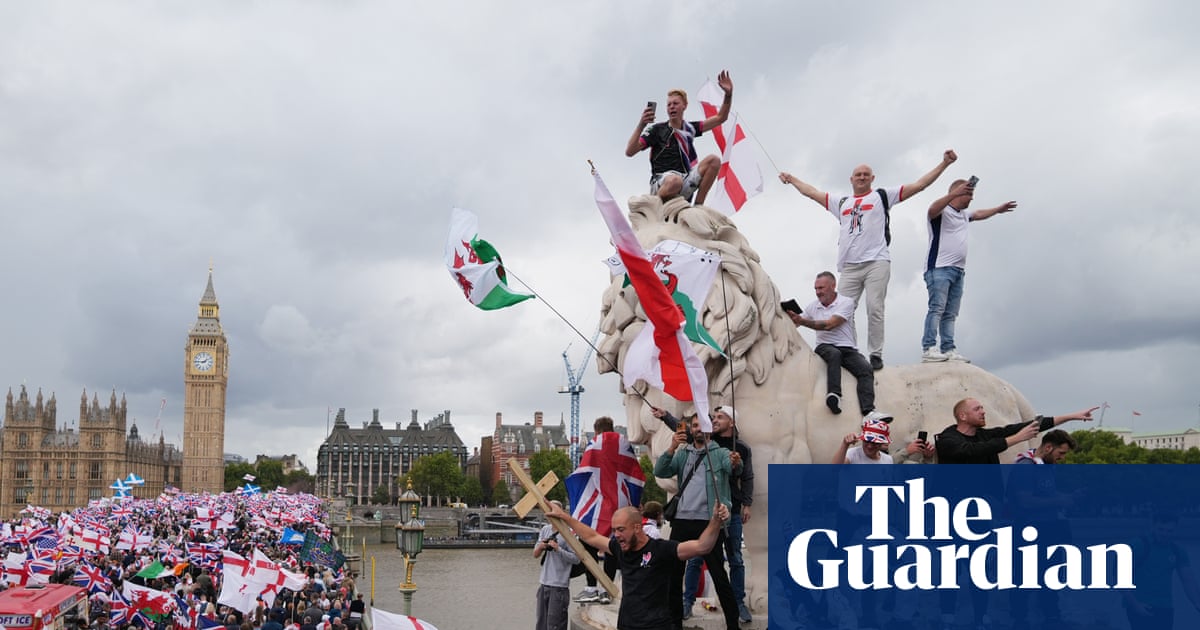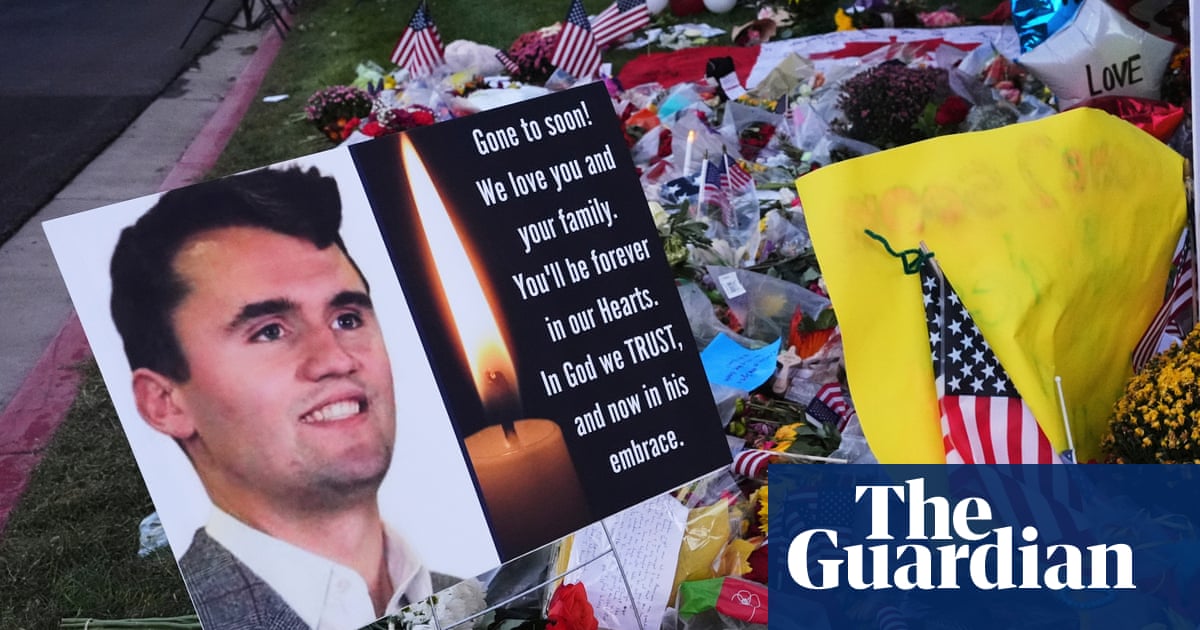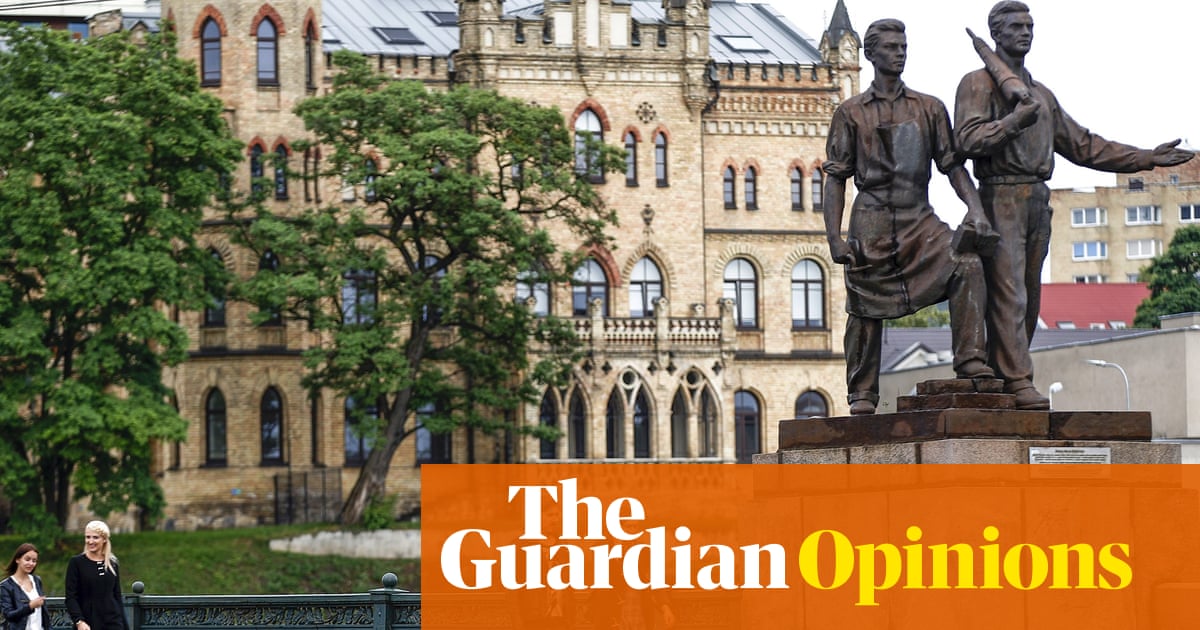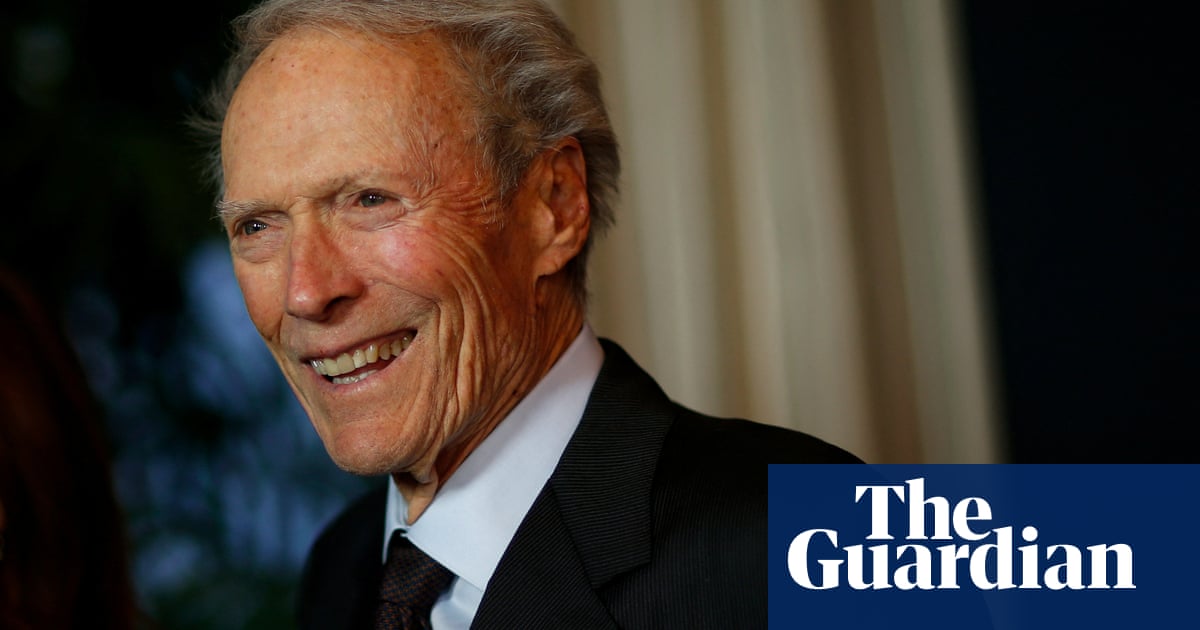The surprise electoral success of Zohran Mamdani, the 33-year-old democratic socialist running to be mayor of New York, most prominent city on Earth, is a political earthquake. The breadth and scope of his performance were predicted by no polls, no prognosticators, none of the wise men. The ramifications of this upset will be felt for years, across the US and the developed world.
In the end, it wasn’t even close. Mamdani’s widespread appeal represents the total collapse of a Democratic party establishment that had weathered Donald Trump’s first term with rhetorical resistance, and fumbled the beginning of the second with triangulating appeasement. This year, the favorability of the Democratic party has collapsed to record lows, not because of the popularity of the Trump administration or the Republican party, but because of its unpopularity with its own voters. Chuck Schumer caving to the president on an unpopular and devastating Republican spending bill was the last straw for many. The Democratic party and the resistance to Trump had been severed for the first time.
There’s anger across the country with its leadership, Democratic and Republican, in cities, suburbs, and rural areas. According to Americans, things are not going well. Prices are up, wages are down, and instability is at an all-time high. Nowhere is this more true than in our biggest city, New York, where the moderate Democratic mayor Eric Adams made a quid pro quo deal to keep himself out of prison on corruption charges in exchange for enforcing Trump’s policies in a city where Trump had minimal political support.
Enter Mamdani. Many major cities in the US, in recent years, had a two-party system, not between Democrats and Republicans, but between centrist Democrats and their progressive flank. The US, like all polities, has many organized political groupings, but due to byzantine electoral laws, only two official ones exist - the state-administered ballot lines. Nowhere is this more true than in New York, the crown jewel of the electoral socialist left in the United States for more than a century.
Mamdani is the progeny of the Democratic Socialists of America (DSA), the US’s largest socialist organization in a century. He is among the many young people inspired by Bernie Sanders’ 2016 presidential campaign. The staying power of that campaign has asserted itself over the years. Most of the talented organizers and thinkers whom it shaped were in college or their early 20s. They were never going to stop being socialists. They just needed seasoning.
Mamdani got involved in DSA as a young man and honed his skills leading campaigns in the nearly all-volunteer organization. He has spent most of his adult life as a DSA organizer. After New York City DSA had built sufficient infrastructure and he had learned the necessary skills, he was able to win election to the state assembly in 2020. But to Mamdani, democratic socialism isn’t an identity or a set of principles. It is being part of and accountable to a democratic organization, the sort of working-class civil society that has atrophied in this country, but at one time built the backbone of the welfare state across western society and lent the muscle to the New Deal.
Mamdani and DSA cannot be separated. It’s a different, and for many Americans new, but a deeply old way of thinking about politics. Political organizations represent different classes, which are necessarily in conflict. To win for your class, you must be a representative of working-class democracy.
Mamdani was built by DSA and the young leftwing milieu that emerged after the Sanders campaign. They cannot be separated. Not his charisma or campaign style. He is a product of the movement.
His victory and its comprehensive level are shocking to nearly all. How did he do it? Combining new and old tactics. Mamdani had perhaps the most innovative social media campaign in American political history. Not jumping on tired memes, but showcasing his authenticity. He also borrowed old tactics. Mamdani harnessed the sort of retail diaspora politics that have always won in the world’s most diverse city. He campaigned in dozens of languages, met leaders from ethnic groups from around the world, and sold his vision in the style of Fiorello LaGuardia. This way, he was able to harness both the insurgent left, often caricatured as downwardly mobile, overly educated, and overwhelmingly white, and the worldwide working-class diaspora that shapes the neighborhoods of New York.
As he climbed the polls through steady mass organization, almost linearly, he began to face ever-increasing, and horrifying, attacks from capital and the powers that be, to the tune of a record $25m in outside spending. The one they honed in on was one that had been proven to take down leftwing leaders across the world, like Jeremy Corbyn: antisemitism. All social justice-minded people are horrified by antisemitism, an ancient hatred. It’s an accusation that would make anyone on the left, anyone of conscience, take notice. For this reason, used in a spurious way, it was an insidious attack that could break the left. However, in this election, the baseless smear backfired.
There are several reasons for this. The first is overuse. It’s quite blatant to continually accuse obviously deeply compassionate and humanistic people of an evil hatred without evidence. No one believes friendly and understanding social democrats in a secular urban milieu are pogromists or jihadists (despite nasty Islamophobic baiting about Mamdani’s background), for obvious reasons.
The second is the actual circumstances. Most accusations of antisemitism on the left have little or nothing to do with actual overt discrimination or hatred; they are almost entirely based on opinion of the state of Israel. As Israel continues its genocide of Palestinians and long-term eliminationist and revenchist ambitions, and ties itself closer to the far right in the US, Democratic voters in the US have made the rapid and historic transition to sympathizing with Palestinians over Israel by a nearly 3-1 margin. Even last year, this issue and money could win Democratic primaries. No longer.
Lastly, Mamdani is in many ways a continuation of the Jewish left tradition in the United States. New York has long been the home of the most powerful electoral socialist left in the United States. The base for the Socialist party of America or the American Labor party, many time electoral winners, was the Jewish community. Jews in New York voted in the hundreds of thousands for socialists for decades. These are the same policies of so-called “sewer socialism” (in which socialists ran cities like Milwaukee and boasted of excellent sewer systems), the same parties (DSA being the direct inheritor of the SPA), the same tradition, and even the same neighborhoods as a century ago. The foundation of the American left. An unbroken line. Mamdani is the inheritor of the tradition of Baruch Vladeck, and of the socialists and trade unions that built New York. Even the membership of DSA and the staff of his campaign reflect this.
So, how did Mamdani win support? He brought back class as the defining issue of politics. Class as a political divide has declined across the industrialized world for decades, beginning in the US. While Sanders reinjected a class message and a degree of class polarization back within the Democratic coalition, there were still shortcomings. Bernie did worse among black voters across class. And Bernie and other democratic socialists relied heavily on the good graces of socially progressive upper-middle-class professionals, rendering socialists subordinate to or in coalition with their interests and organizations. After nearly a decade of work by the left, this class polarization seemed uncrackable. Until now.
Mamdani underachieved prior leftwing candidates in professional progressive areas like the Upper West Side. But he smashed through the racial barrier that had divided the working class. Few expected this before the votes rolled in. His base would be downwardly mobile white professionals, of course. But his clear message and innovative campaign brought back real class politics, of the kind that seemed a myth in the contemporary age.
According to the New York Times, Mamdani did better with voters of color than with white voters. While he shed reliably progressive votes among the Times-reading, machine-hating liberals of Manhattan, he won them back many times over among working-class people of color who had never taken a second look at leftist candidates before. In this, he reversed nearly 30 years of anti-materialist political science theories.
This may seem like something confined to New York City, a progressive bastion in a deep blue state. But it points a path forward for the left and for advocates of social justice and liberatory politics. Donald Trump’s most shocking and profound gains in 2024 came among young voters, particularly men, Latino voters, Asian voters, and urban voters in general. These are the exact demographics that came out in droves for Mamdani.
The left has long shirked its responsibility to fight the far right, leaving it to the center as if the political spectrum were a rigorously enforced line rather than a fluid concept. But the center failed. And they sacrificed these demographics to Trump because these masses were fed up with the status quo. The center could never win them back. But the radical left actually could, through a targeted, economic, anti-establishment message. Mamdani’s campaign did it, and brought people back from the far right on a massive scale, more than any anti-Trump rally could. In this way, campaigns like Mamdani’s are actively practicing anti-fascism in a real way, by winning the targets of the Right back to the left.
The left needs to study this shocking election and take thorough notes. The first is that Mamdani was a product of real, organic, working-class organization in DSA. The kind that has been dying out in this country for half a century and is disregarded by most. This lack of organization is the defining feature of our political time. The only way to the future is more people in DSA, more people in unions, more people in civic organizations, and the rebuilding of working class community. Our institutions are hollow, but Mamdani and his 50,000 youthful volunteers are proof that they can be rebuilt, and that people yearn to do so.
In 2017, a DSA organizer and philosopher named Michael Kinnucan said: “US civic culture is so hollowed out at the grassroots level that in any city in the US if your organization can get 40-50 committed people in a room occasionally you’re probably operating one of the five or six most potentially powerful grassroots organizations in your city.”
This idea was foundational to DSA, especially in New York City, and shaped Mamdani. For many, it seemed a fantasy. Five hundred thousand votes later, across nearly every language and nationality in the world, it’s a warning. To defeat the right, the left must learn from Mamdani and DSA and rebuild mass working class organization. Sure, charisma helps, but at its core, this win was an eight-year project that must be replicated everywhere if we are to defeat fascism and stop the worst horrors of climate change. Mamdani is an Obama-level political talent, but most of all he is a call to return to real working class organization. This is something the hollow entities of the Democratic or Republican parties could never defeat, and something they learned Tuesday night.
-
Ben Davis works in political data in Washington DC. He worked on the data team for the Bernie Sanders 2020 campaign

 2 months ago
80
2 months ago
80

















































